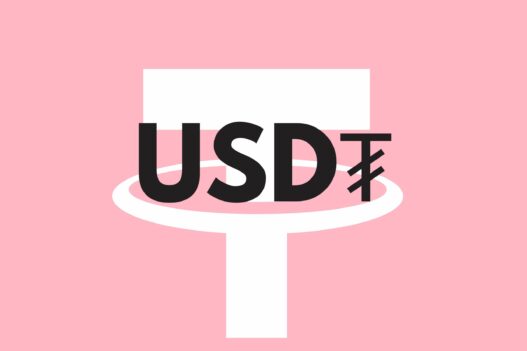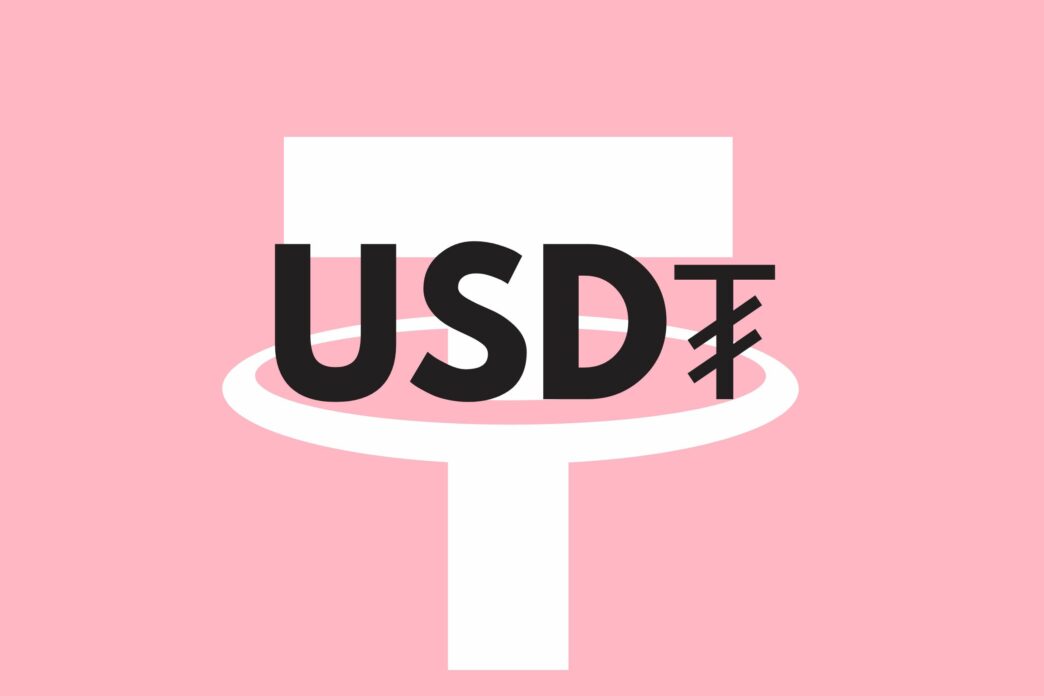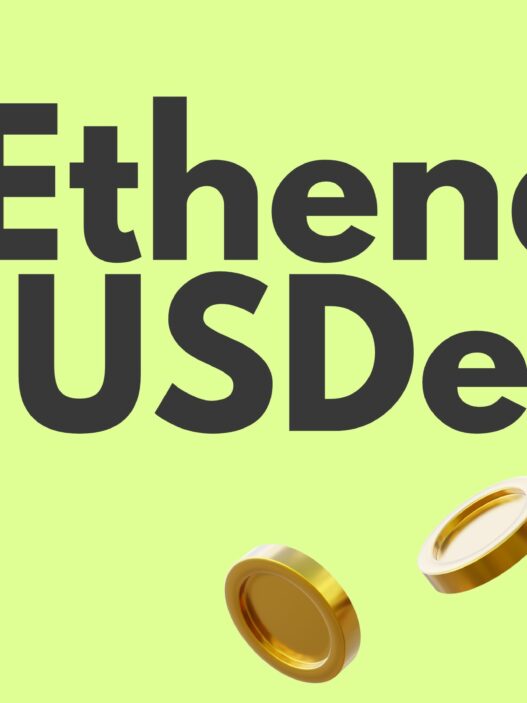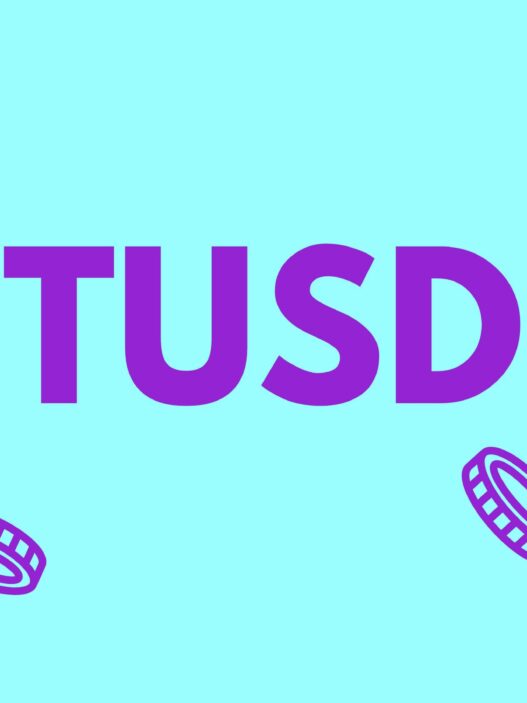Tether (USDt) is one of the most prominent stablecoins in the cryptocurrency market. Designed to maintain a stable value by being pegged to a traditional fiat currency, USDt provides liquidity and stability in an otherwise volatile crypto landscape. The coin was initially created in 2014 under the name Realcoin by Brock Pierce, Craig Sellars, and Reeve Collins before being rebranded to Tether later that year.
What is Tether (USDt)?
Tether (USDt) is a stablecoin that aims to keep its value fixed at one U.S. dollar per token. It was designed to provide the benefits of digital currency—fast transactions and borderless transfers—while mitigating the price volatility of other cryptocurrencies like Bitcoin and Ethereum. Tether allows users to store, send, and receive digital dollars without the need for traditional banking infrastructure.
How Tether Works
Tether operates by issuing tokens backed by reserves, which initially consisted of one-to-one dollar backing. However, over time, the nature of these reserves has evolved. Instead of being backed purely by U.S. dollars, Tether’s reserves now include cash equivalents, commercial paper, secured loans, and other financial assets. The company behind Tether, iFinex Inc., has stated that its reserves fully back the issued tokens, although regulatory scrutiny has raised concerns about transparency.
History and Development of Tether
- 2014: Realcoin was launched and later rebranded as Tether to emphasize its link to fiat currencies rather than altcoins.
- 2015: Tether (USDt) began trading on cryptocurrency exchanges, quickly gaining popularity for its stability and liquidity.
- 2017: Tether’s issuance increased significantly, leading to concerns about whether each token was fully backed by U.S. dollar reserves.
- 2018-2019: Regulatory scrutiny intensified as reports suggested that Tether might have been used to manipulate Bitcoin prices. The New York Attorney General accused iFinex of covering up an $850 million loss, leading to further legal challenges.
- 2021-Present: Tether has expanded beyond USDt, offering versions pegged to the euro (EURt), offshore Chinese yuan (CNHt), and gold (XAUt). Despite controversies, it remains the most widely used stablecoin.
Use Cases of Tether
- Crypto Trading: Traders use USDt as a stable medium of exchange to move funds between exchanges quickly.
- Remittances: Tether facilitates cross-border payments at a lower cost than traditional banking.
- Decentralized Finance (DeFi): Many DeFi platforms use Tether for lending, borrowing, and yield farming.
- E-commerce: Some merchants accept Tether for online transactions, allowing customers to pay with a stable digital asset.
Controversies and Challenges
Tether has faced several challenges, including:
- Lack of Transparency: Audits of Tether’s reserves have been inconsistent, leading to doubts about its full backing.
- Regulatory Issues: Authorities have investigated Tether for potential market manipulation and inadequate financial disclosures.
- Security Risks: In 2017, hackers stole $31 million worth of Tether, prompting a hard fork to mitigate losses.
What is Next For Tether?
Despite its controversies, Tether remains a crucial component of the cryptocurrency ecosystem. Its role as a stable medium of exchange makes it indispensable for traders and investors. While regulatory scrutiny continues, Tether’s impact on the digital economy is undeniable, and its future developments will be closely watched by the crypto community.
March 7, 2025: Tether, the largest company in the digital assets industry, announced today that it has assisted the United States Secret Service (USSS) in freezing $23 million in illicit funds linked to transactions on the Russian-sanctioned exchange, Garantex.
Over the past year, Tether has worked on multiple cases with law enforcement, including assisting the U.S. Department of Justice and the USSS in seizing $9 million in USDT tied to a pig butchering scam and another $1.4 million worth of USDT tokens from a tech support scam network. More broadly, Tether has worked closely with law enforcement to block 2,090 wallets, including 960 in coordination with U.S. agencies. Over three years, Tether has voluntarily assisted with freezing illicit USDT in over 900 law enforcement requests, about 460 of which came from U.S. agencies. To date, Tether has frozen more than $2.5 billion in USDT tied to illicit activities, reinforcing its dedication to anti-money laundering efforts.
Disclaimer: This content is for purely entertaining and educational purposes. Before investing in cryptocurrencies, conduct thorough research and due diligence. Neither the author nor the publication is liable for any financial losses you may incur.






















